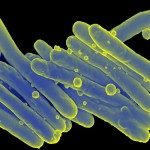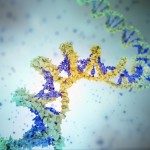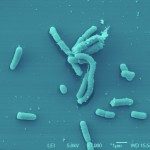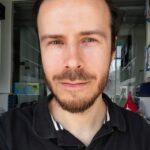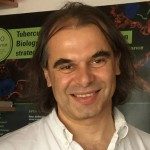Link to Pubmed [PMID] – 34006663
Link to HAL – pasteur-03413286
Link to DOI – 10.1128/mBio.00965-21
mBio, 2021, 12 (3), ⟨10.1128/mBio.00965-21⟩
Data on the bacterial sex-mediated impact on mycobacterial evolution are limited. Hence, our results presented here are of importance as they clearly demonstrate the capacity of a wide range of human- and animal-adapted Mycobacterium tuberculosis complex (MTBC) strains to transfer chromosomal DNA to selected strains of Mycobacterium canettii .
